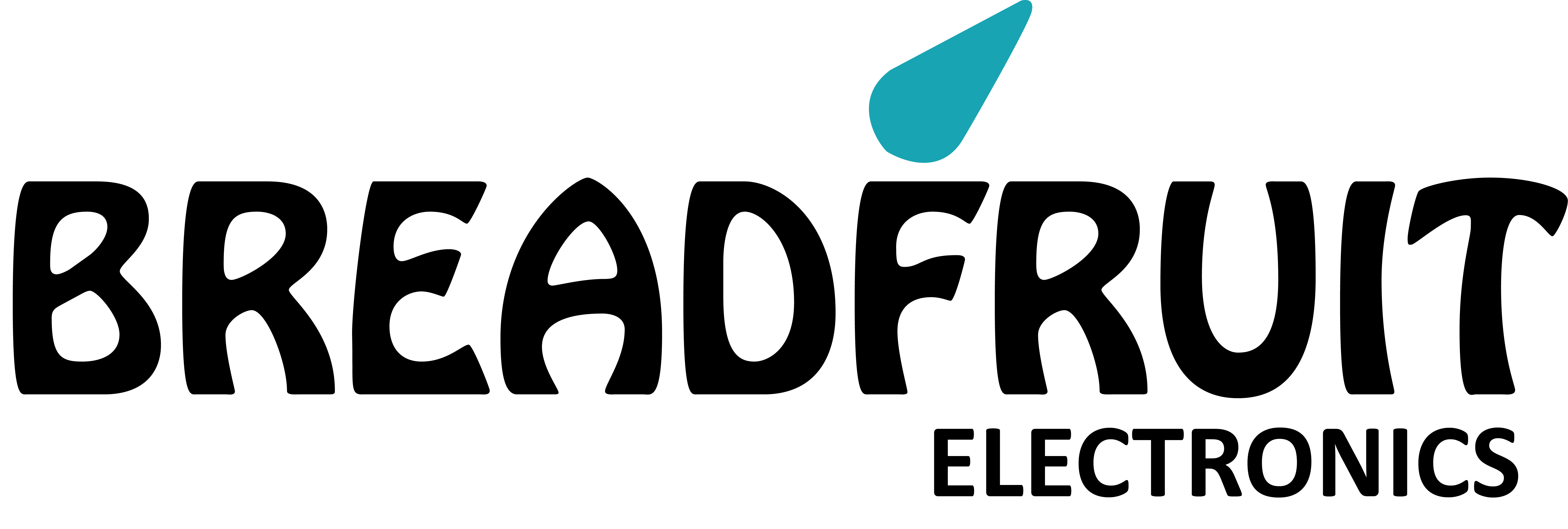Turbidity Detection sensor
Turbidity sensors use optics , through the liquid solution and scattering rate of transmittance integrated to determine the turbidity case , since the amount of haze value is gradual , usually detected in a dynamic environment , the turbidity sensor acquisition value , the need for external control for AD conversion , the conversion to obtain the corresponding environment turbidity situation, so that the sensor can also need to produce a peripheral circuit detected in the system , with a waterproof probe , mainly used in washing machines, dishwashers and other equipment turbidity testing can also be used on electronic design, graduate design, electronic competition experiments and other applications.
Technical parameters:
- 1, Working voltage: DC5V
- 2 , Operating Current : 30mA (MAX)
- 3 , Response time : <500ms
- 4 , Insulation Resistance : 100M [Min];
- 5, the output way: Analog output 0-4.5V
- 6, the output way: high / low signal( High : 5V Low : 0V)
- 7 , operating temperature : -30 oC -80 oC;
- 8 , Storage temperature : -10-80 oC.
- 9, Weight : 55g
- 10 , Size : 30mm * 20mm * 12mm














Reviews
There are no reviews yet.